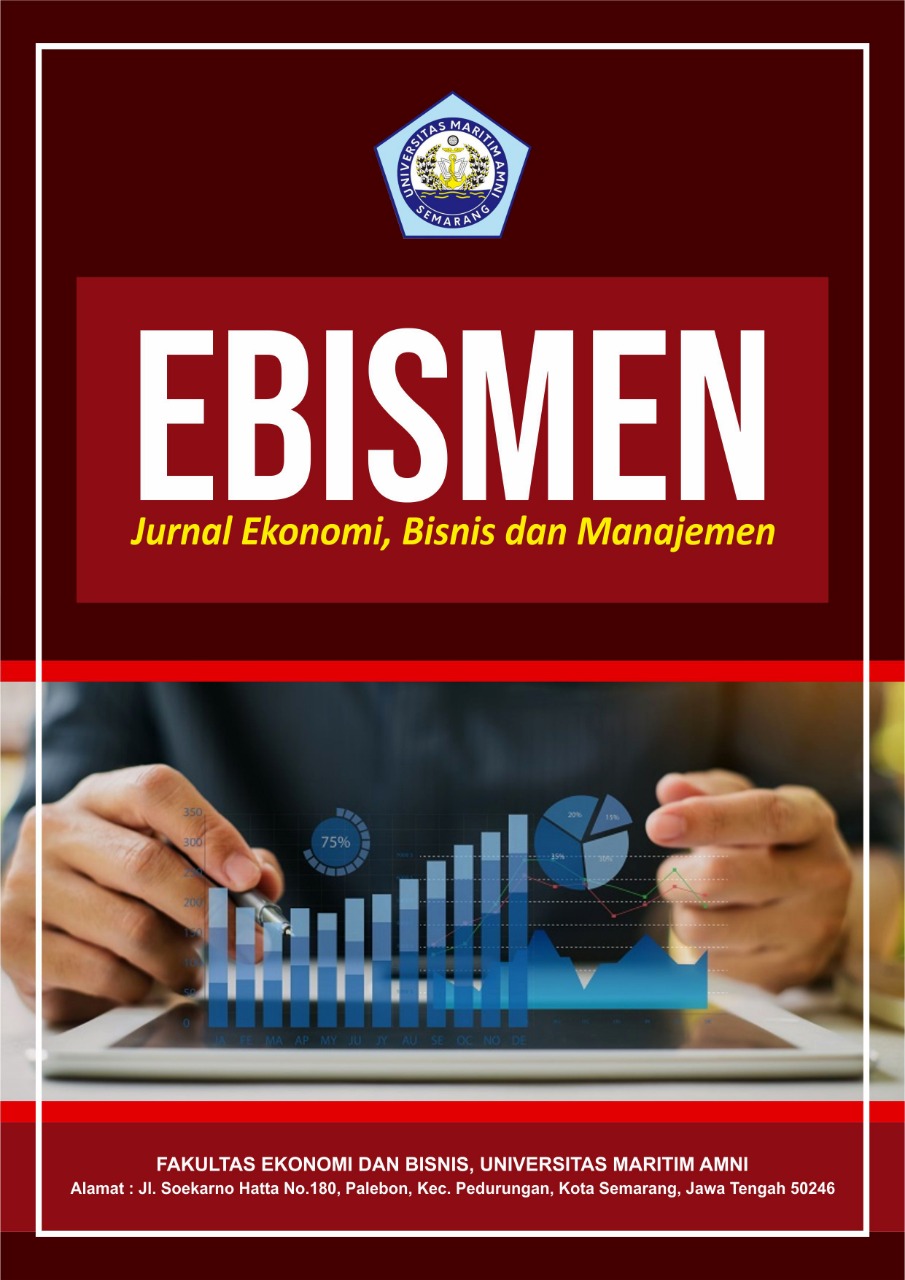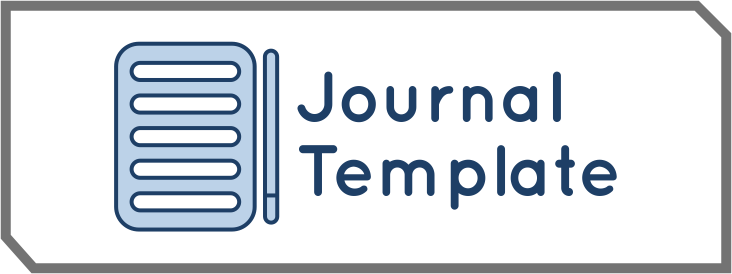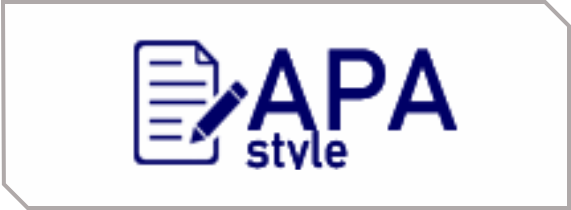Implementasi MYOB Accounting Versi 18 Dalam Pengolahan Data Akuntansi Pada Koperasi Karyawan Kampus Biru Sejahtera
DOI:
https://doi.org/10.58192/ebismen.v3i3.2977Keywords:
MYOB Accounting, Financial Reports, Kopkar Blue Campus ProsperousAbstract
The implementation of MYOB Accounting at the Blue Campus Prosperous Employee Cooperative is a strategic step to increase efficiency and accuracy in financial management. Previously, this cooperative used a manual system which was prone to errors and took time in the process of recording transactions. By switching to MYOB Accounting, cooperatives can automate various financial processes, from recording daily transactions to monthly financial reports. This implementation not only speeds up the administrative process, but also increases the transparency and accountability of financial reports. As a result, the Biru Sejahtera Campus Employee Cooperative has experienced an increase in data-based decision making, as well as making it easier for members to access financial information. It is hoped that the implementation of this software-based accounting system can become a model for other cooperatives in improving financial management professionally and efficiently.
References
Dewi, P. R., & Musmini, L. S. (2022). Penerapan Akuntansi Keuangan Berbasis Aplikasi MYOB Pada UMKM Ice Cube “Salju Abadi Jaya.” Jurnal Ilimiah Mahasiswa Akuntansi, 13(4), 1124–1135. https://doi.org/10.23887/jimat.v13i04.35896
Hidayat, S. (2017). MYOB PREMIER: Panduan Praktisi Disertai Pengoperasian Kasus Perusahaan Industri. Bandung: BI-Obses.
Jusup, A. H. (2011). Dasar-dasar Akuntansi. Yogyakarta: Bagian Penerbitan Sekolah Tinggi Ilmu Ekonomi YKPN.
Kuntoro, A. (2012). Praktikum Komputer Akuntansi Menggunakan MYOB. Yogyakarta: UPP STIM YKPN Yogyakarta.
Manurung, E. M. (2011). Akuntansi Dasar (Untuk Pemula). Jakarta: Erlangga.
Mas’ut, M., & Masrura, A. (2018). Pengaruh Penerapan Sistem Informasi Akuntansi Terhadap Akuntabilitas Pendapatan Pajak Daerah di Badan Pengelola Pajak dan Retribusi Kota Medan. Jurnal Riset Akuntansi Multiparadigma (JRAM), 5(1), 30.
Mutiara, D., & Supriono. (2022). Penerapan Aplikasi MYOB Accounting dalam Penyusunan Laporan Keuangan pada CV. Tani Jaya Kabupaten Purworejo. Jurnal Ekonomi Dan Teknik Informatika, 10(1), 60–73. https://doi.org/10.37601/jneti.v10i1.187
Ramadhini, F., Zanaria, Y., & Kurniawan, A. (2022). Pemahaman Dasar Akuntansi, Kemampuan Teknologi, dan Penggunaan Aplikasi Komputer Akuntansi terhadap Prestasi Belajar MYOB. WAHANA: Jurnal Ekonomi, Manajemen Dan Akuntansi, 25(1), 113–123. https://doi.org/10.35591/wahana.v25i1
Sasongko, C., Setyaningrum, A., Febriana, A., Hanum, A. N., Pratiwi, A. D., & Zuryati, V. (2011). Akuntansi Suatu Pengantar-Berbasis PSAK Buku 1. Jakarta: Salemba Empat.
Sholikin, A., & Setiawan, A. (2018). Kesiapan UMKM Terhadap Implementasi SAK EMKM (Studi UMKM Di Kabupaten Blora). Journal of Islamic Finance and Accounting, 1(2), 35–50. https://doi.org/10.22515/jifa.v1i2.1441
Sugiyono. (2012). Metode Penelitian Bisnis. Bandung: CV. Alfabeta.
Whetyningtyas, A., & Mulyani, S. (2016). Analisis Pengaruh Kemampuan Menyusun Laporan Keuangan, Latar Belakang Pendidikan, dan Kredit Terhadap Kinerja Operasional UMKM. Jurnal Dinamika Ekonomi Dan Bisnis, 13(2), 146–156. https://doi.org/10.34001/jdeb.v13i2.468.
Winarni, F., & Sugiyarso, G. (2011). Konsep Dasar dan Siklus Akuntansi. Yogyakarta: CAPS.
Downloads
Published
How to Cite
Issue
Section
License
Copyright (c) 2024 Jurnal Ekonomi, Bisnis dan Manajemen

This work is licensed under a Creative Commons Attribution-ShareAlike 4.0 International License.







